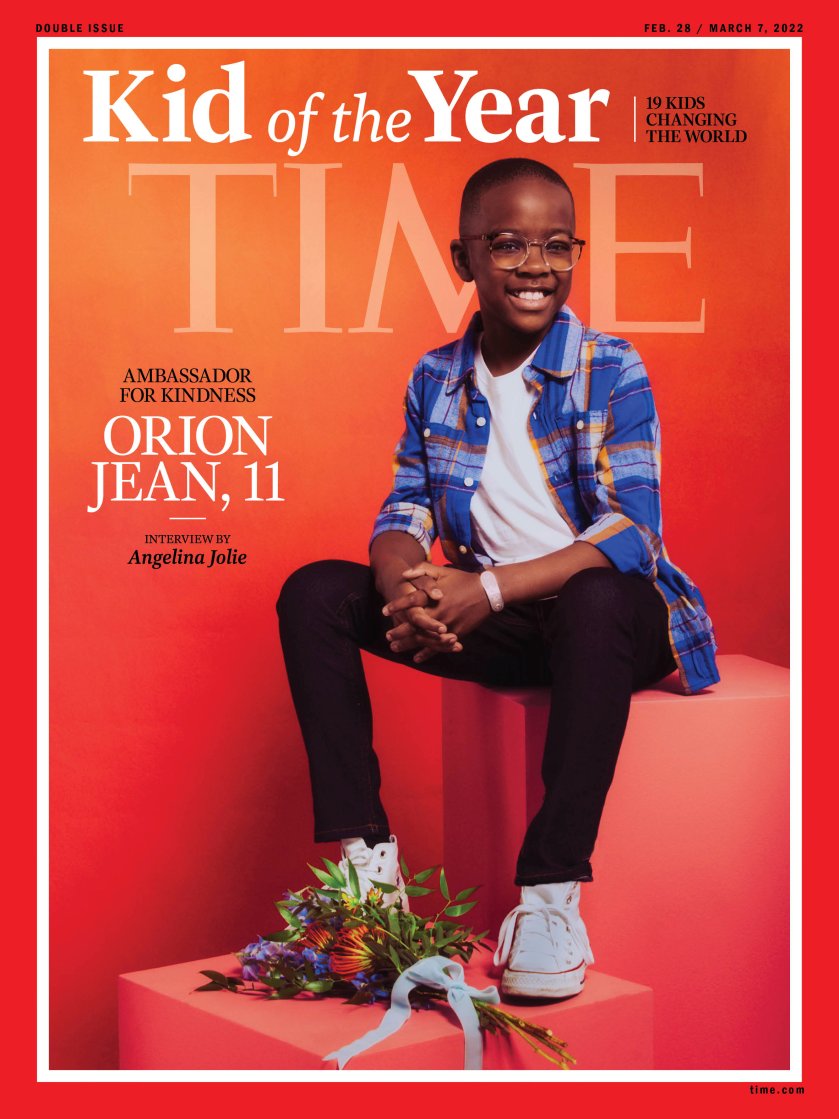Scholarly vs. Popular Sources
Is it a Scholarly or a Popular Source?
When conducting research for an assignment, you might be required to use scholarly (aka refereed or peer-reviewed) articles for your paper. But what does that mean? Articles in journals and magazines can be typically classified into two major categories: scholarly and popular sources. Let's examine the differences.
Popular Periodicals
Example: Time Magazine

- Author(s): Typically journalists who lack special training in the area they're covering
- Audience: The intended audience for popular periodicals is the general public, not necessarily scholars or college students
- Purpose: To entertain, provoke thought about a topic, or share ideas/events with the general public
- Format and Tone: Popular sources tend to be filled with lots of images, often for visual appeal rather than conveying information. Typically, articles are no more than a few pages. Popular articles tend to be free of technical jargon since they are written for a mass audience. Magazine articles can have varying formats and lengths.
- Sources Cited: Magazine articles tend not to cite sources and if they do, they are sparse
- Editing: Editors for popular sources are likely journalists as well as the author(s) themselves, the editing is normally to check for grammatical or spelling errors rather than test the content
Scholarly Periodicals
Example: International Political Science Review

- Author(s): Scholars in the field, normally holding advanced degrees in their subject area.
- Audience: Fellow researchers, scholars, and college/graduate students
- Purpose: To share findings of original research with other scholars
- Format and Tone: Typically few images and when used, the images are meant to convey information. Charts and graphs are often used to share research findings. Use technical jargon since the intended audience is fellow scholars.
- Sources Cited: Extensive, most peer-reviewed articles have atleast two pages of sources consulted.
- Editing: Lengthy process of blind 'peer reviews' by a board of editors with special knowledge of the field (i.e. political science scholars for The International Political Science Review) that checks for the soundness of the research rather than just grammar/spelling.
So which do I use?
Unless your professor requires 'peer-reviewed' or 'scholarly' sources, you should be able to use either. Typically, lower-level undergraduate courses allow you to use a mix of both, while more advanced courses will require 'peer-reviewed' sources.
Many databases have a 'peer reviewed' filter that filters out content from popular periodicals. If you're in EBSCO databases (ex. Academic Search Premier), look for a checkbox to filter out non-scholarly sources.
(Click image to enlarge)
